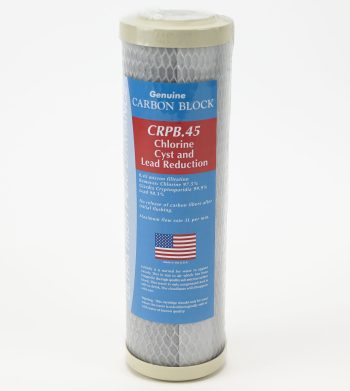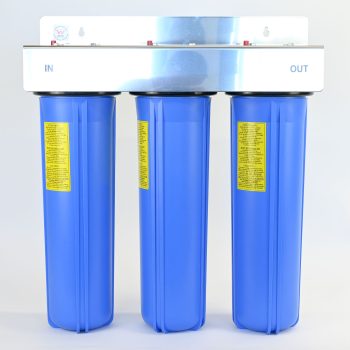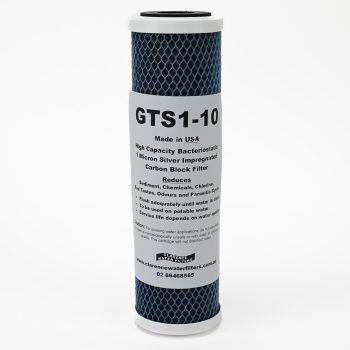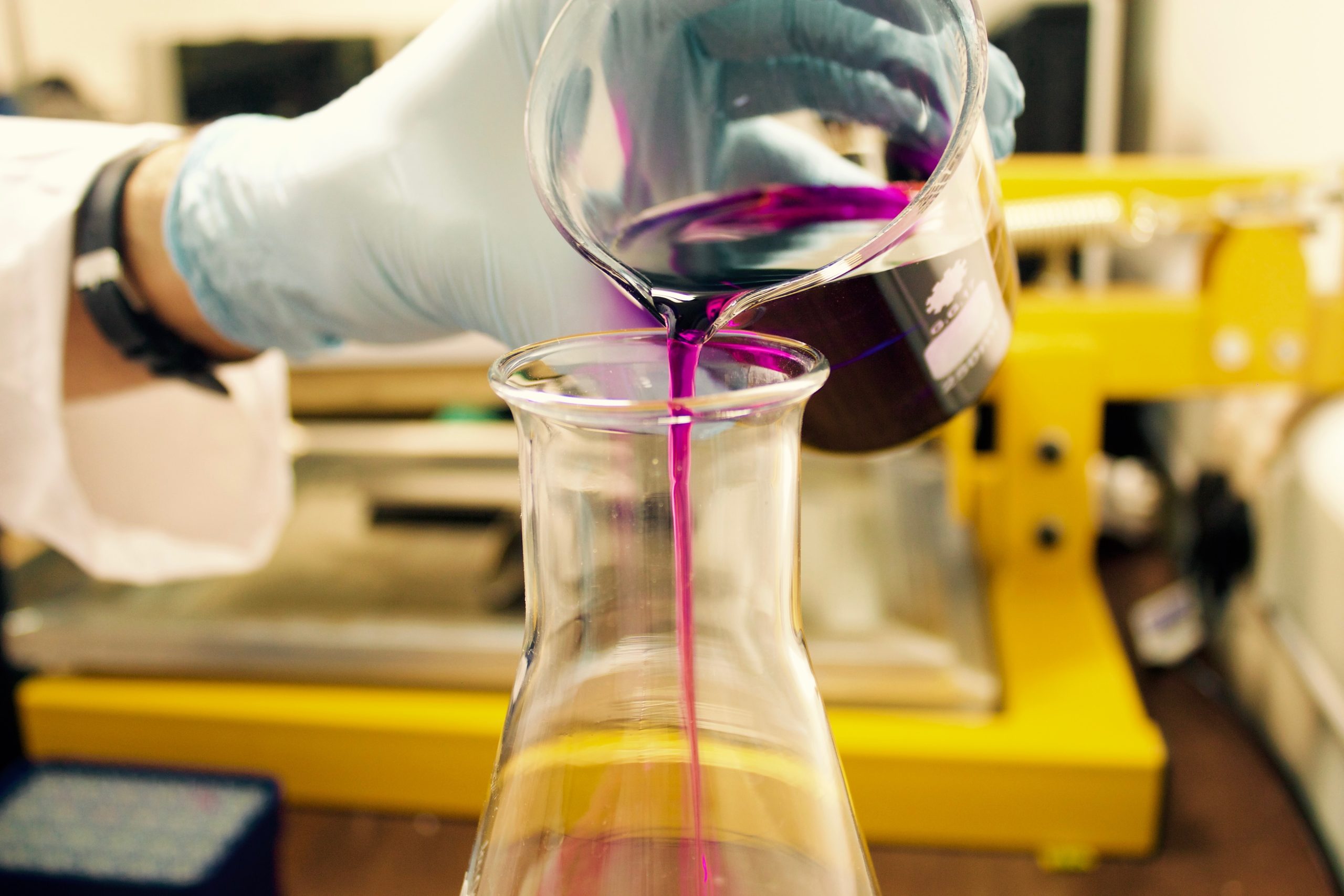
How To Remove PFAS From Your Drinking Water
March 4, 2022 11:13 am Leave your thoughts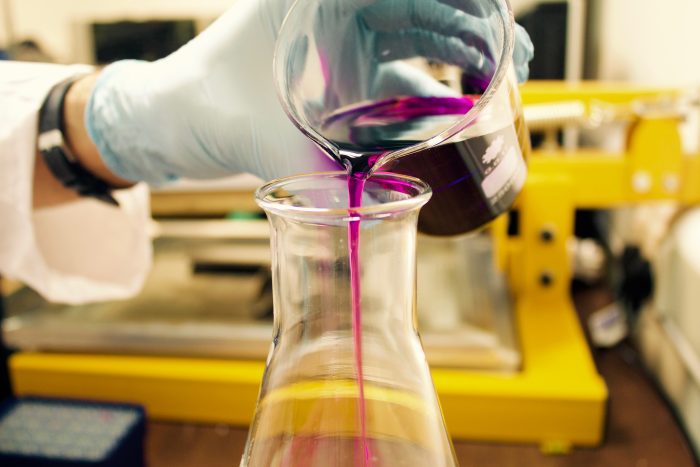
What do non-stick pans, cleaning products, firefighting foam, and chemical sealants have in common? They can all contain PFAS, a potentially dangerous form of synthetic chemical which is linked to cancer and other illnesses.
In this guide, we’ll take a closer look at PFAS, explaining what they are and why they are so dangerous. We will also share some effective solutions for filtering PFAS from your drinking water.
Fast Facts
- PFAS are a class of synthetic chemicals which can be dangerous to humans
- Dubbed ‘Forever Chemicals’ they have an extremely long lifespan and can persist in the natural environment. They can bioaccumulate within both animals and plants.
- Some of the illnesses linked to PFAS toxicity include cancer and thyroid disease
- Australia has lax regulatory standards surrounding PFAS compared to other countries
- All Australians are expected to have detectable levels of PFAS in their blood
- Carbon filters are an affordable way to dramatically reduce the level of PFAS in your drinking water
Products Ideal for PFAS Reduction Include:
- Single Bench Top Water Filter For PFAS Reduction
- Twin Under Sink Water Filter Systems (Best filters PB1-PFAS or WC04)
- Twin Whole House Water Filter System (Catalytic Carbon)
- Triple Whole House Water Filter System (Catalytic Carbon)
Contents
What Are PFAS?
How Can PFAS Affect Humans?
Which Types Of Water Filters Can Reduce PFAS?
What’s The Best Way To Remove PFAS From Drinking Water?
3 Water Filters For Reducing PFAS In Drinking Water
What Are PFAS?
PFAS is an abbreviation of Per- and polyfluoroalkyl substances. It refers to a group of several thousand synthetic chemicals including PFOA, PFOS, and GenX.
The first PFAS were developed in the 1940’s and were initially considered to be incredible scientific breakthroughs. They were capable of making virtually any surface oil repellent, water repellent, and/or temperature resistance.
These unique properties resulted in PFAS chemicals being quickly adopted by product manufacturers. They were used for textile coatings, non-stick cookware, paper products, semiconductors, electronics, construction products, firefighting foams, and dozens of other products.
Initially, researchers believed PFAS were inert molecules because they lacked a chemically active group. Although they noticed that workers who were exposed to PFAS did develop high levels of PFAS in their blood, initial studies didn’t identify any ill health effects.
Unfortunately, those early studies didn’t account for the fact that many PFAS are extremely persistent due to their long half-life. PFAS chemicals were actually capable of bioaccumulation and could travel long distances in the natural environment.
As a result, individuals frequently exposed to PFAS can experience a continual increase in their PFAS levels.
Eventually, high-level PFAS exposure can have a toxic effect on the body, increasing the risk of several serious illnesses.
The longevity of PFAS is why they have been called labelled ‘forever chemicals’. You can find PFAS in:
- Drinking Water contaminated by localised pollution through landfill seepage, firefighting foams, and wastewater treatment plants.
- Food produced using machinery that has been treated with PFAS or packaged using containing PFAS. Fruits, vegetables, and livestock that has been grown in areas contaminated by PFAS will also contain PFAS.
- Commercial household products that contain PFAS, like stain protectors, cleaning products, waxes, polishes, sunscreen, cosmetics, and paints.
- Workplace environments with common objects like solvents, paints, and electronics
- Living organisms which have accumulated PFAS in their bodies, including fish, animals, and humans.
How Can PFAs Affect Humans?
A 2021 study found that high levels of PFAS can increase the risk of:
- Thyroid disease
- Cancers including Breast, Testicular, and Kidney Cancer
- Adverse immune effects
- Insulin and lipid dysregulation
- Reproductive and developmental health problems.
- Liver disease
- Kidney disease
- Inflammatory bowel disease
PFAS have also been found to have a significant impact on unborn children. Foetuses exposed to high levels of PFAS have an increased risk of lower birth weight, obesity, early onset puberty, and increased time to pregnancy. The expecting mother may also experience pregnancy induced hypertension.
The risks posed by PFAS are so serious that the Australian federal government has launched a task force to perform research and identify locations heavily polluted by PFAS.
They hope to rehabilitate several contaminated sites across Australia including the Williamstown RAAF Base, which was contaminated by firefighting foam.
Many PFAS are now banned in the United States. Eight of the largest American chemical manufacturers have agreed to eliminate PFOA and PFOA-related chemicals from their emissions and products.
Regrettably, the Australian government is far behind America and PFAS are still found in hundreds of products.
PFAS are so common in Australia that most citizens will already have detectable levels of PFAS in their blood. Although there are only a handful of heavily contaminated sites around the country, the ability of PFAS to persevere for many years means all Australians are at risk of bioaccumulation.
Which Types Of Water Filters Can Reduce PFAS?
Although it is difficult to remove PFAS from our natural environment, most forms of PFAS can be removed from drinking water relatively easily. There are several types of water filtration technologies which have been shown to remove PFAS effectively. They include:
Activated carbon
Activated carbon is a form of carbon which has been processed to increase the number of pores on its surface. When water pushes through the activated carbon, contaminants become trapped in these pores or undergo molecular changes, which can reduce or eliminate their toxicity.
Many forms of carbon can be used in water filters. However, the most commonly used options are crushed coconut shells and coal, as they are capable of absorbing a high level of contaminants.
Activated carbon is available in several forms including:
- Activated Carbon Blocks
A solid block of powdered activated carbon which has been made solid using a bonding agent. Provides a very fine level of filtration. - Granular Activated Carbon (GAC)
Loose granules of carbon. Achieves a faster flow rate than carbon blocks. Often used when a high flow rate is required. - Catalytic Carbon (ORC)
This is activated carbon which has received additional processing to increase its catalytic function (ability to perform beneficial chemical reactions). It is more effective at reducing hydrogen sulphides and chloramines than activated carbon. It is also commonly called Odour Reducing Carbon (ORC) for its ability to neutralise bad smells in water.
According to the Environmental Protection Agency, activated carbon can significantly reduce the level of PFAS in water.
A study by Duke and NC State scientists found that the ‘average’ activated carbon filter will remove about 73% of PFAS.
However, it’s important to note that not all carbon filters reduce PFAS effectively. Some remove virtually no PFAS, while others have close to 100% removal.
The filter’s size, age, quality, carbon type, and surface area will all play a role in determining removal rates. The flow rates and water chemistry can also play a role.
The type of PFAs in the water will also determine carbon effectiveness. According to the EPA, Standard Granular Activated Carbon works well on longer-chain PFAS like PFOA and PFOS.
However, it struggles to but shorter chain PFAS like Perfluorobutanesulfonic acid (PFBS) and Perfluorobutyrate (PFBA) which do not adsorb as easily.
High-quality carbon block filters are more likely to remove PFAs effectively, as there are more surface reactive sites available.
Carbon that has been processed to have additional surface reactive sites, like Cataytic Carbon, is also more likely to remove PFAs effectively.
The amount of contact time between the contaminated water and the carbon is always critical when removing PFAs.
Because of the contact time requirement, smaller carbon filters like those commonly found in water jugs, are not particularly effective at dealing with PFAS.
Ion Exchange Resins
This is a resin or polymer which acts as a medium for ion exchange. It contains hydrocarbons which act like magnets that pull ions from contaminants.
As the contaminants lose their ions, they change into inert molecules which are no longer dangerous for human consumption.
Ion exchange resins have been shown to be very effective at dealing with PFAS, changing them into harmless substances.
The only downside of using ion resin exchanges is that they can only tolerate slow flow rates and are easily damaged by exposure chlorine. For this reason, carbon is considered a simpler solution for dealing with PFAS.
Reverse osmosis
Reverse osmosis systems use a combination of sediment and carbon filtration, along with a membrane, to remove virtually all contaminants from water. It creates water that is extremely pure.
Although they can achieve excellent reduction rates, there are a few drawbacks associated with their use. These drawbacks are why we typically recommend other options first.
The first drawback is that reverse osmosis removes virtually everything from your water, including minerals which are beneficial for human health like calcium and magnesium. These minerals need to be added back into the water using an alkaliser.
RO systems can also be complex to maintain and do require a fair amount of maintenance. It’s common for RO users to experience issues with their filtration systems which require troubleshooting.
The final drawback is that RO systems create a lot of waste water. For every 1 litre of product water being created, the membrane will send 2 to 4 litres of water to the drain.
Despite the drawbacks, RO systems remain a popular option with people looking for extremely high level filtration. They are extremely effective at reducing complex chemicals like PFAS/PFOS.
View the HPF H1-24-K-CPH 4 Stage Alkalising Drinking Water Reverse Osmosis System
What’s The Best Way To Remove PFAS From Drinking Water?
Of the three solutions mentioned above, carbon filtration is the simplest and most affordable option. Carbon does a wonderful job of removing PFAS from water, as long as you:
- Use a high-quality filter (ideally carbon block or catalytic carbon)
- Ensure the filter system is big enough to have adequate contact time for your typical water flow rate
- Change your filters regularly. If your carbon’s pores become saturated, it will no longer trap PFAS
Because PFAS are typically very complex molecules, contact time is essential.
Water Filters That Can Reduce PFAS In Drinking Water
Virtually all carbon filters can reduce PFAS to some degree. However, filters that have a decent amount of high-quality carbon are more likely to be effective. Here are three of our most popular filters which can reduce PFAS:
WC04 Carbon Block Filter
The WC04 is one of our best-selling water filters. It is a standard sized 10” x 2.5” carbon block filter rated at 0.45 microns. It fits in standard 10” QMP or Aqua-pro housings and is suitable for a wide range of applications.
The WC04 is extremely effective at the reduction of chemical and heavy metal contaminants. It can dramatically reduce:
- Bad taste and odour
- Chlorine
- Chlorine by-products (trihalomethanes, polychlorinated biphenyls)
- Volatile organic compounds including
- Pesticides
- Pharmaceuticals
- Polycyclic aromatic hydrocarbons (PAHs)
- Radon gas
- PFAS
- Heavy metals including lead and mercury
- Cyst parasites including Cryptosporidium, Giardia, and Cyclosporiasis
The WC04 is a standard 10″x 2.5″ filter which can be used in Bench Top and Under Sink Water Filter Systems.
View Bench Top Systems for PFAS Reduction (units that connect to your tap spout)
View Under Sink Systems for PFAS Reduction (units that sit under the sink)
Whole House Water Filter Systems With Catalytic Carbon
If you are interested in reducing PFAS levels for all taps in your household, Whole House Water Filter Systems are an excellent option.
They are installed on the main water line coming into your house, so 100% of the water coming into your home is treated.
There are single, twin, and triple whole house systems available with a wide variety of filters to choose from. We recommend the Triple Big Blue Systems or the HPF-3 for high-level chemical reduction as they have more carbon, which delivers more contact time.
Units with Catalytic Carbon or Carbon Blocks are the better option as they have more surface area for PFOS/PFAS reduction.
View our Whole House Systems Here.
GTS1-10 – 1 Micron Carbon Block Filter
The GTS1-10 is silver impregnated carbon block filter that offers ultra-fine filtration at an affordable price. It is a particularly popular choice with people on tank water as it is silver impregnated, which reduces the likelihood of bacteria building up in the filter housing itself.
The GTS1-10 can reduce:
- Bad taste and odour
- Chlorine
- Chlorine by-products (trihalomethanes, polychlorinated biphenyls)
- Volatile organic compounds including
- Pesticides
- Pharmaceuticals
- Polycyclic aromatic hydrocarbons (PAHs)
- Radon gas
- PFAS
- Heavy metals including lead and mercury
- Cyst parasites including Cryptosporidium, Giardia, and Cyclosporiasis
If you have any questions, give Clarence Water Filters a call on 02 6646 8565
Tags: Chemicals, Contaminants, PFAS, PFOACategorised in: Contaminants
This post was written by Paul

